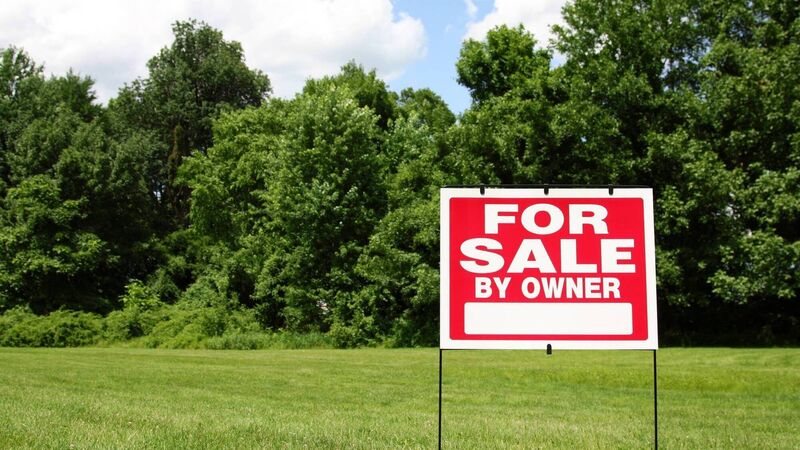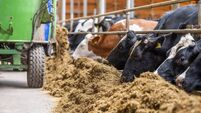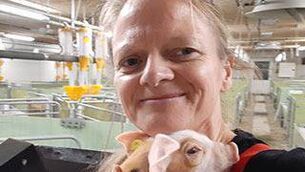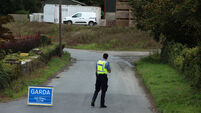Kieran Coughlan: Is the Irish land market dysfunctional?

For more than 80 years, the Land Commission played a major part in breaking up large estates, redistributing land ownership, and setting up farm holdings that were viably capable.
Ireland operates a free market when it comes to land. The non-resident or the person with the most money generally comes out the winner in land sales transactions. Surely that’s a good thing? The answer isn’t quite as clear as the question.
There are benefits to a free market, such as open and transparent pricing for both buyer and seller. Sellers looking to cash in get true market value for their landholding, and those wishing to buy land have an opportunity to do so without restriction.
So what is dysfunctional about our current land policy then? From a national perspective, is it desirable that any Tom, Dick, or Harry can buy land and put it to whatever use they wish, or even no use at all? We have a system of planning permission which prevents unauthorised use, but no system that requires land to be used for productive purposes.
Looking at a more local level, historically, there has been merit in controlling land ownership in Ireland. For more than 80 years, the Land Commission played a major part in breaking up large estates, redistributing land ownership, and setting up farm holdings that were viably capable.
In 1983, the Land Commission was disbanded, and at the time there were expectations that a land authority would be set up to oversee the equitable distribution of land among smaller landholders.
TD Thomas Foxe, speaking in the early 1990s, spoke in the Dáil words which still ring true today: “When land becomes available on the market, it is purchased by the person with the fattest purse.
"Anybody familiar with land and income from land will realise that the man with the fattest purse is certainly not the farmer down the road with 40 or 45 acres of land. The chances of such a farmer becoming the owner of a viable unit are very slim.”
His thoughts at the time extended to the concentration of land that would come for sale, being retained for the benefit of local farmers to enhance production. With amazing foresight, he noted that with potentially less liberal use of fertilisers, pesticides, and herbicides by farmers in the future, more land would be required to maintain the same level of production.
Apart from that foresight, structural changes in land ownership have also changed the dynamic, resulting in even less land coming on the market than was the case all those decades ago. In the period 1980 to 1985, the quantity of land that came to the market in Ireland each year averaged 93,200 acres.
Fast forward 40 years, and the volume of land sold in the five years 2019–2023 had dropped by nearly 45% to 52,702 acres per year.
Our tax system has changed significantly over the intervening decades, and it now features the double incentive of a light or nil tax regime on the transfer of land and the potential to avail of tax-free income from long-term leasing.
Apart from the tax regime changes, older farms now mainly benefit from State contributory pensions, and EU payments are principally detached from the productivity of the farm.
Back in the 1980s, would-be retiring farmers were quicker to consider selling or leasing their farms as a viable option in order to access the State pension or, in later years, the early retirement scheme.
Another factor affecting the quantity of land available for farming in Ireland is the loss of land to afforestation and housing development/urbanisation, with 440,000 acres less farmed in 2024 than in 1990.
The upcoming budget will give yet another opportunity to tweak the tax system and perhaps go just a little way toward what Thomas Foxe saw as the lip service to the preservation of the family farm unit but, unfortunately, that was not backed up by practical application.













